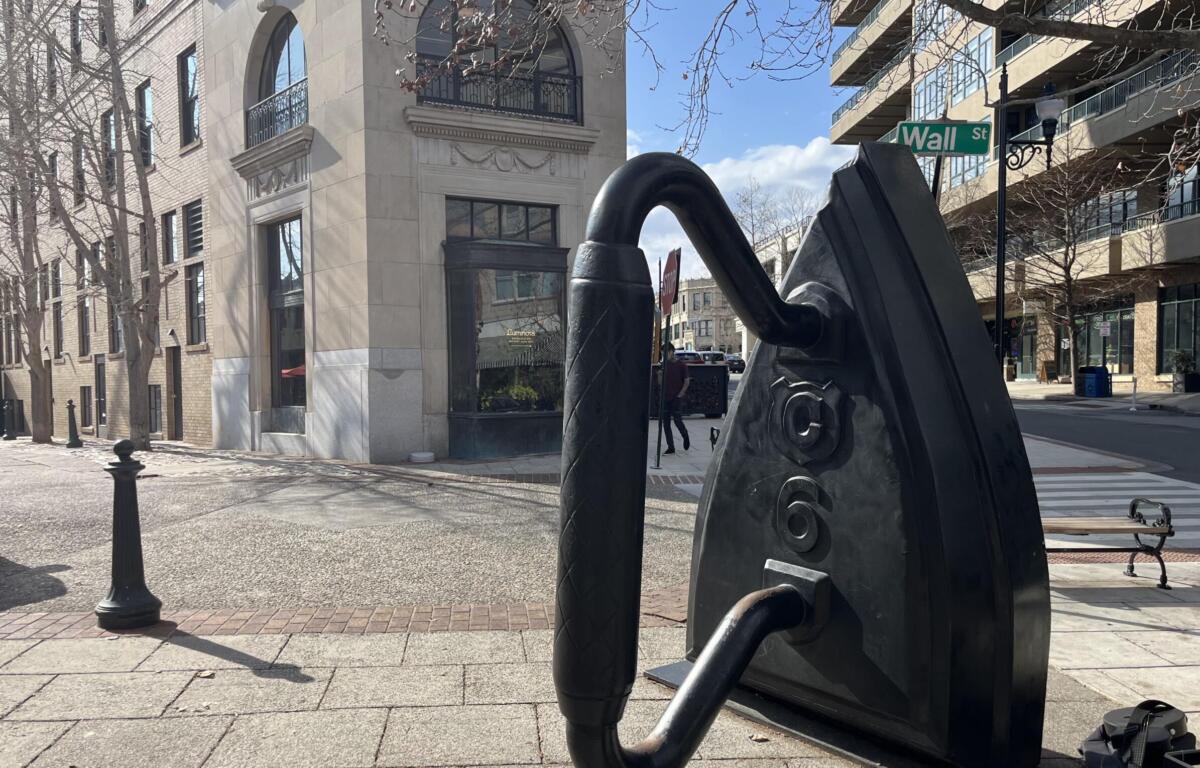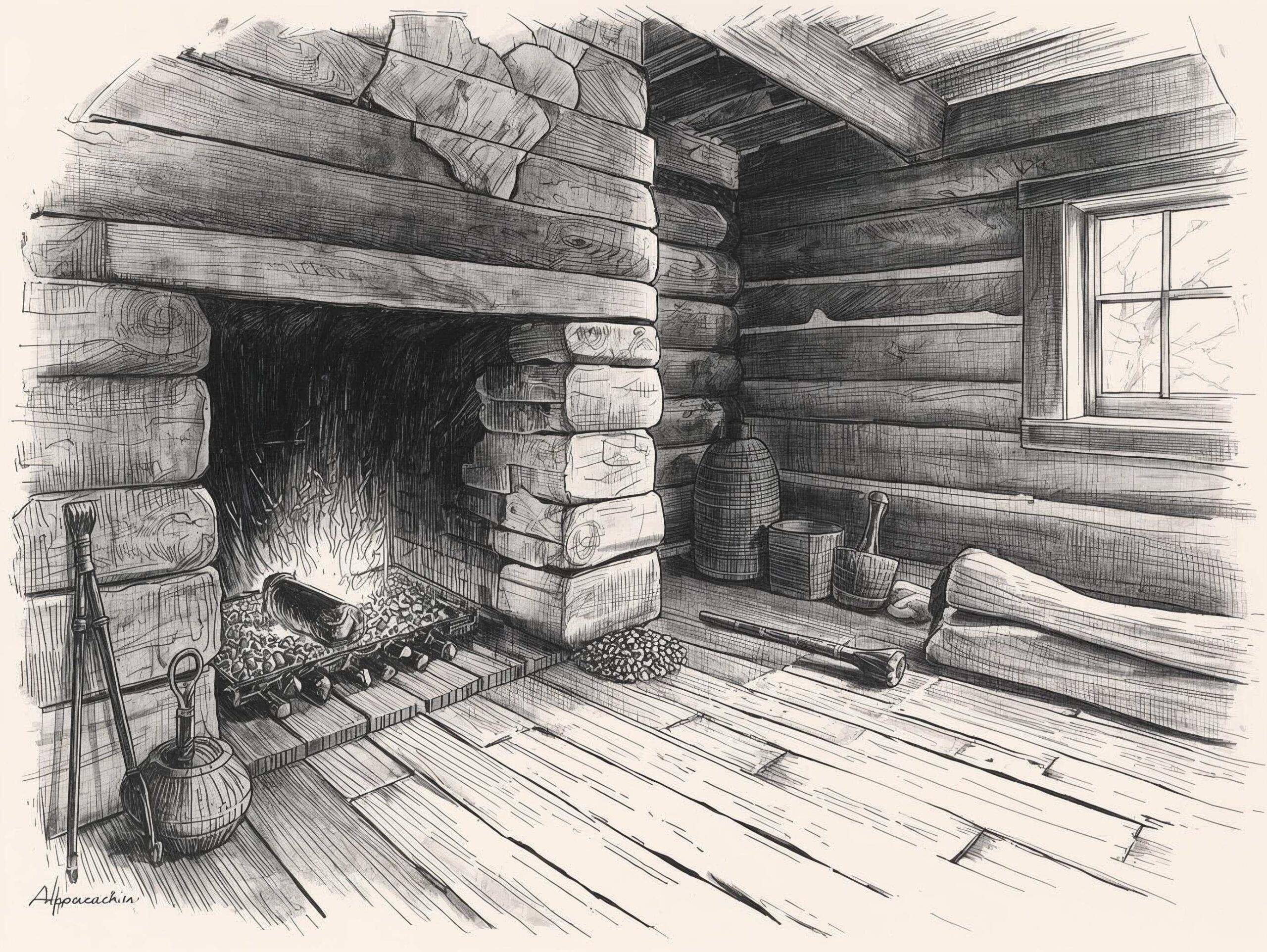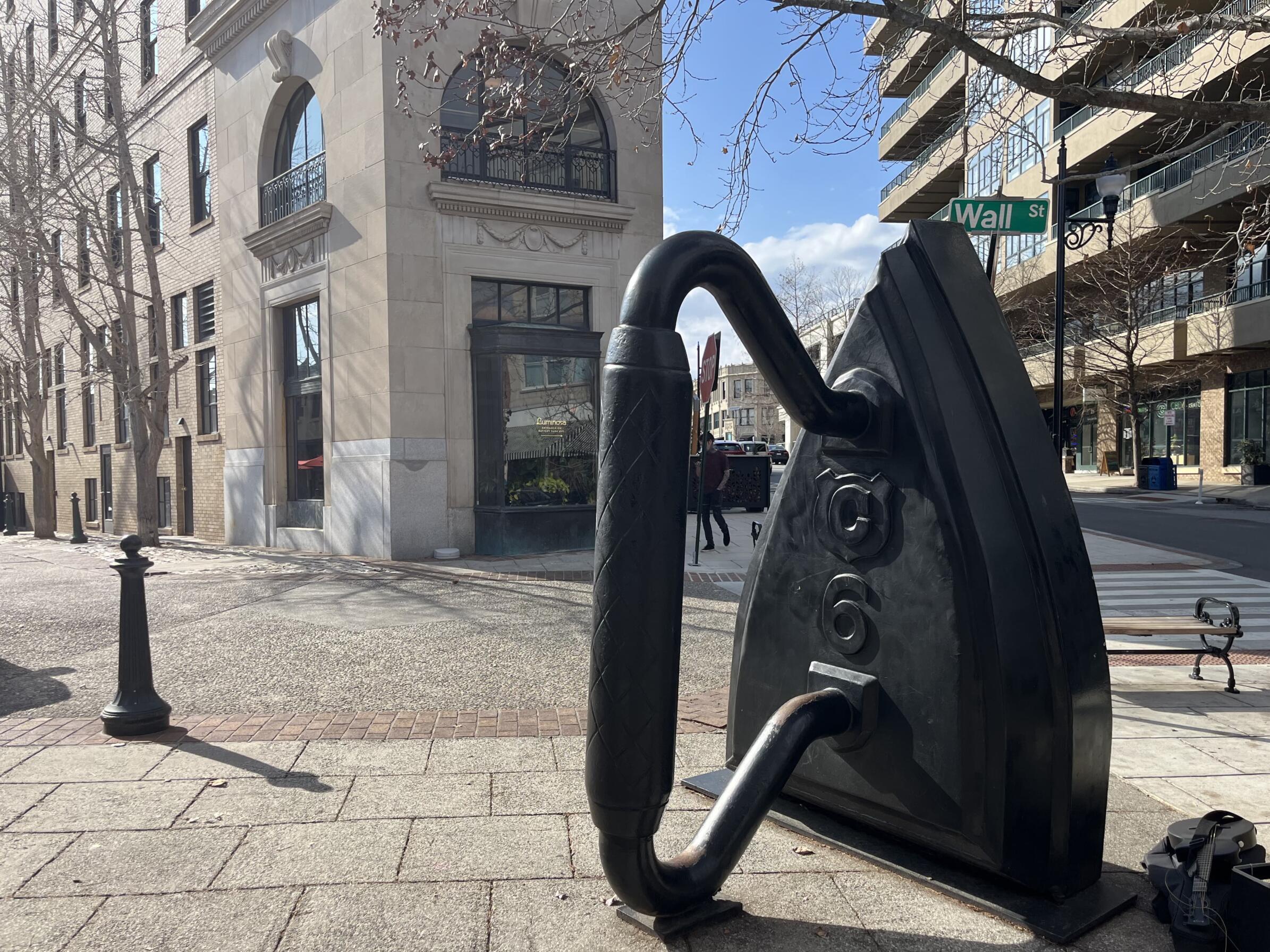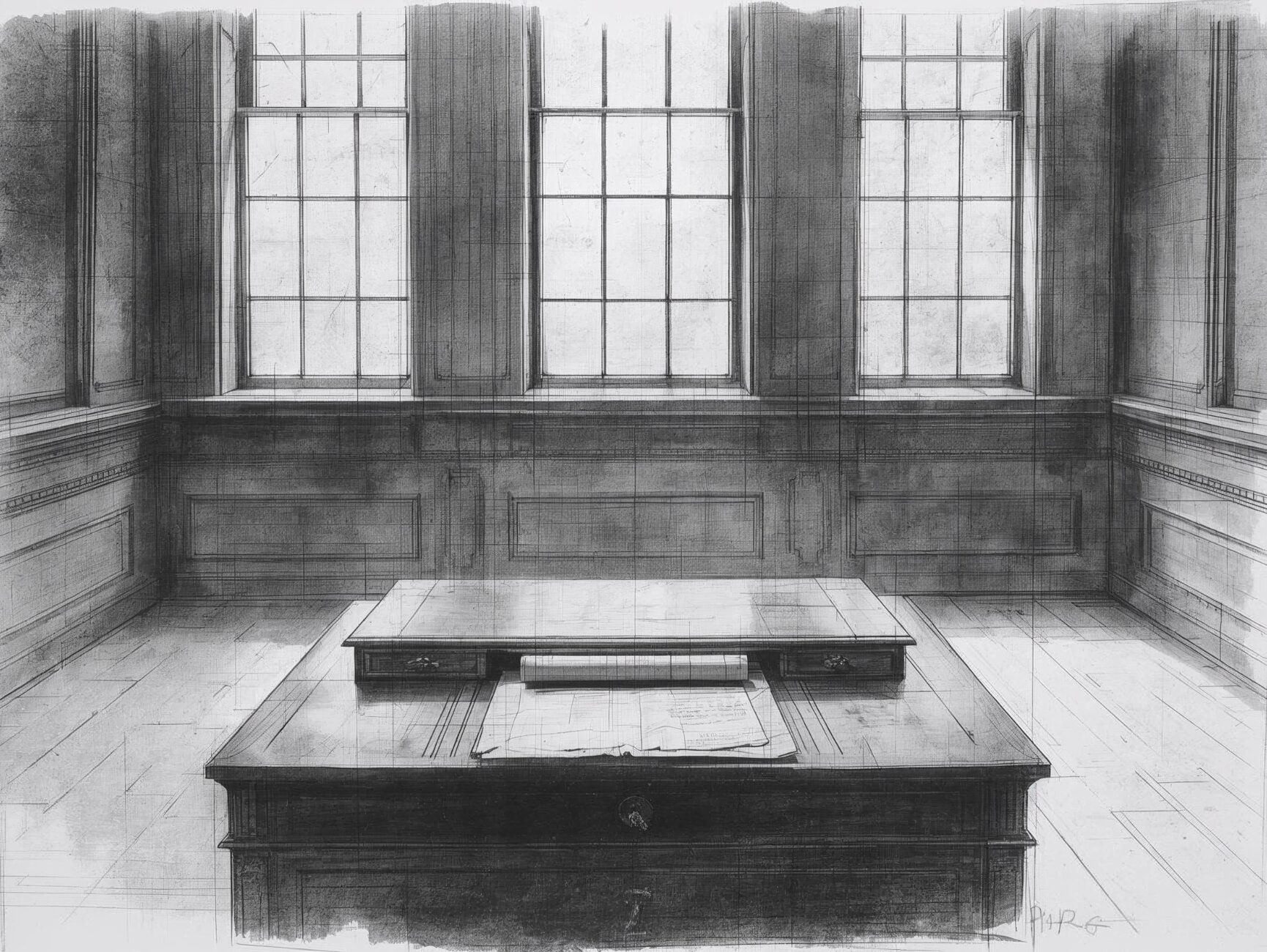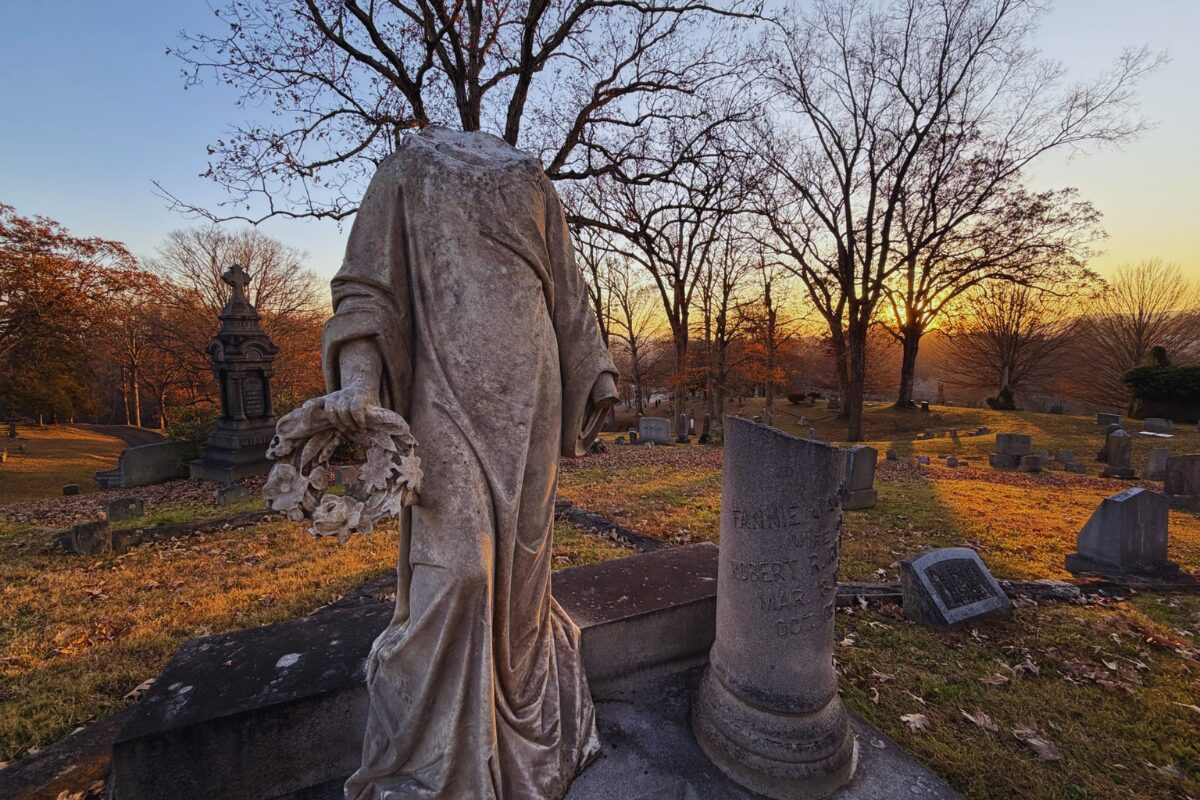EDITOR’S NOTE: Strangeville explores the curious and unexplained stories that have long defined Asheville and Western North Carolina. The region is full of unanswered questions, from old folklore and local legends to eerie encounters, unsolved moments in history, and the true-crime mysteries that still leave people wondering. Each week, we look back with an open mind and a sense of curiosity, trying to understand why some stories take hold and why some can never be explained.
From the archives: This story was first published in February 2025
“A flat iron sits outside the Flatiron” may sound like a tongue twister, but unlike “Peter Piper,” this statement is factual.
While wandering the streets of downtown Asheville, you may have come across a peculiar, larger-than-human-size flat iron standing on the corner of Wall Street and Battery Park Avenue. Without a plaque, passersby are left to marvel in confusion at who or why such a sculpture was built.
Initially installed as an office and shop space, today the Flatiron Building, erected in 1926, serves Asheville as the chic The Flat Iron Hotel, having been sold to a property developer in 2019. Designed like the iconic New York City building of the same name, Asheville’s smaller version is similarly characterized by its unique wedge shape which resembles a clothing iron.

The three-sided building models a European construction, designed out of necessity rather than usefulness. At the intersection of a three-way road, one lot takes a triangular shape. Instead of letting the peculiarly angled land go to waste, triangular buildings are built on them.
Seventy-one years after Asheville’s Flatiron building opened, with a donated budget of $6,500, local artist Reed Todd built a laundry iron to be placed opposite the building.
It is no coincidence that a flat iron was Todd’s choice for a sculpture across the street from the famous Flatiron in 1997. Not only do their names have similarities, but their shapes do too.

Since the 6-foot-wide and 8-foot-tall hunk of steel was installed, it has enjoyed significant local and tourist attention.
At around 8:20 p.m. on Feb. 28, 2009, “a man allegedly fleeing the police in his car” struck the flat iron sculpture, according to an article in the following day’s issue of the Asheville Citizen-Times. When it was hit, the iron held fast, being dislodged from its base and moving a few feet, yet remaining upright.
Todd was tasked with repairing his creation. The sculpture was removed for two months of restoration, costing $1,750, before the steel iron was replaced.
In the Feb. 15, 2016, issue of the Asheville Citizen-Times, the flat iron was rated the best art installation in Asheville, scoring highly in every category including community and tourist perception, accessibility and “sense of place.”
Today, the nameless flat iron sculpture is owned by the Asheville Public Art Collection. This division of the city government administers many local monuments and art installations from the Woodfin House on the sidewalk of Woodfin Street to multiple American Civil War memorials.

